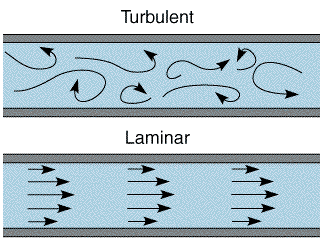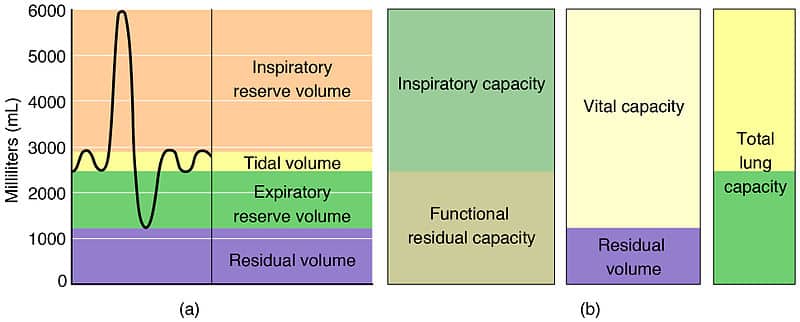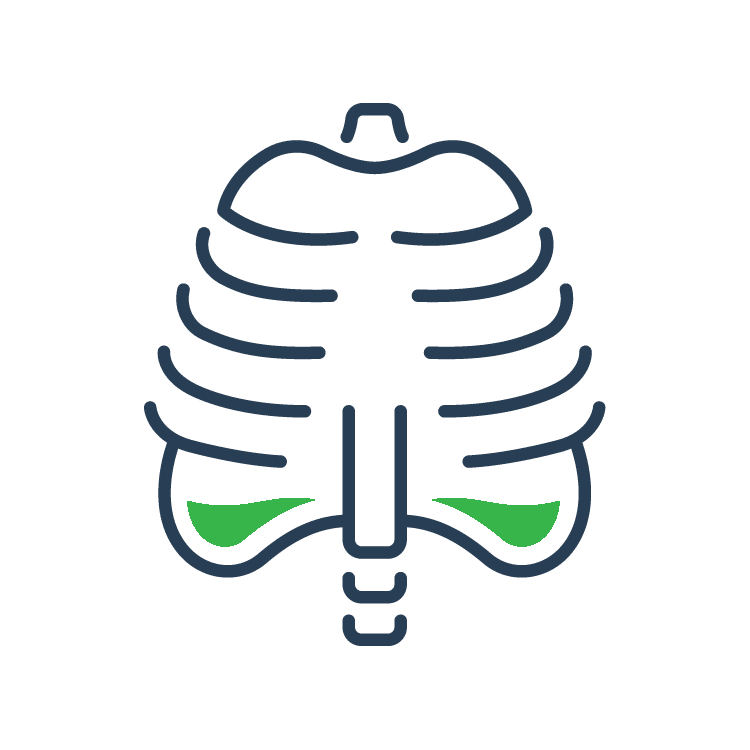- Biochemistry
- Histology
- Cardiovascular
- Respiratory
- Gastrointestinal
- Urinary
- Reproductive
- Neurology
- Endocrine
- Immunology/Haematology
Pulmonary Ventilation
In our article on lung volumes, we will look into the key measurements of lung volumes and capacities. They allow an assessment of the mechanical condition of the lungs, its musculature, airway resistance and the effectiveness of gas exchange at the alveolar membrane while being, for the most part, cheap, non-invasive and simple to measure. In this article we will look at the volumes and capacities within the lungs, how they can be measured and how they are affected by pathology.
Our next article considers the physiology of ventilation. The processes of inspiration and expiration are vital for providing oxygen to tissues and removing carbon dioxide from the body. Inspiration occurs via active contraction of muscles such as the diaphragm – whereas expiration tends to be passive. In this article, we shall look at the physiology of ventilation – the process of inspiration and expiration and rest, during forced breathing and their clinical correlations.
Airway resistance is the resistance to the flow of air through the respiratory tract during inhalation and expiration. The level of resistance depends on many things, particularly the diameter of the airway and whether flow is laminar or turbulent. In this article we shall consider how these factors affect the air flow, and consider some clinical conditions in which airway resistance is affected.



